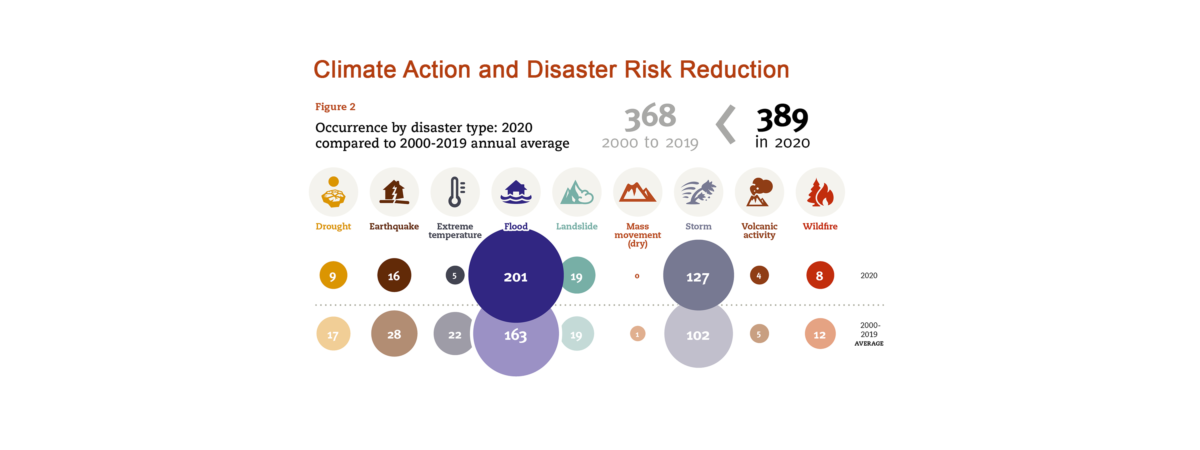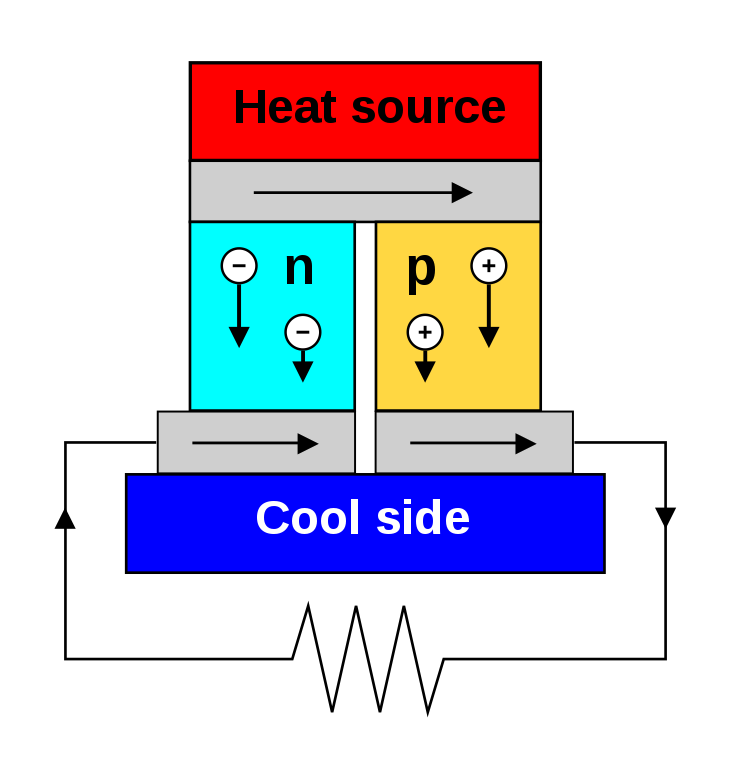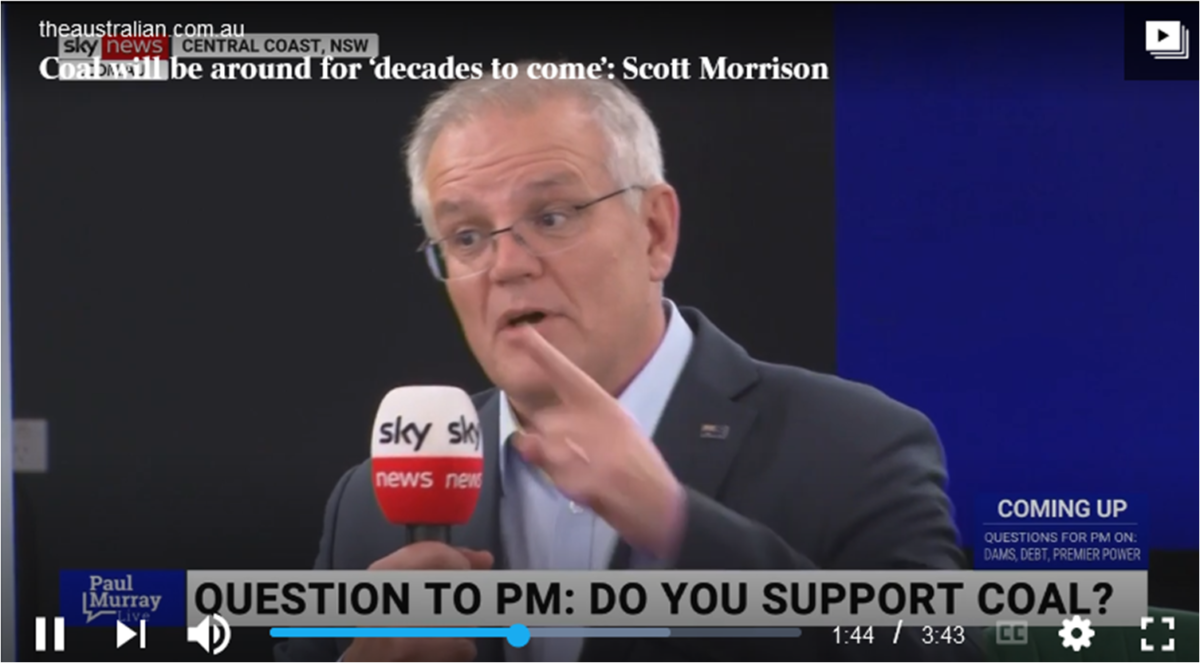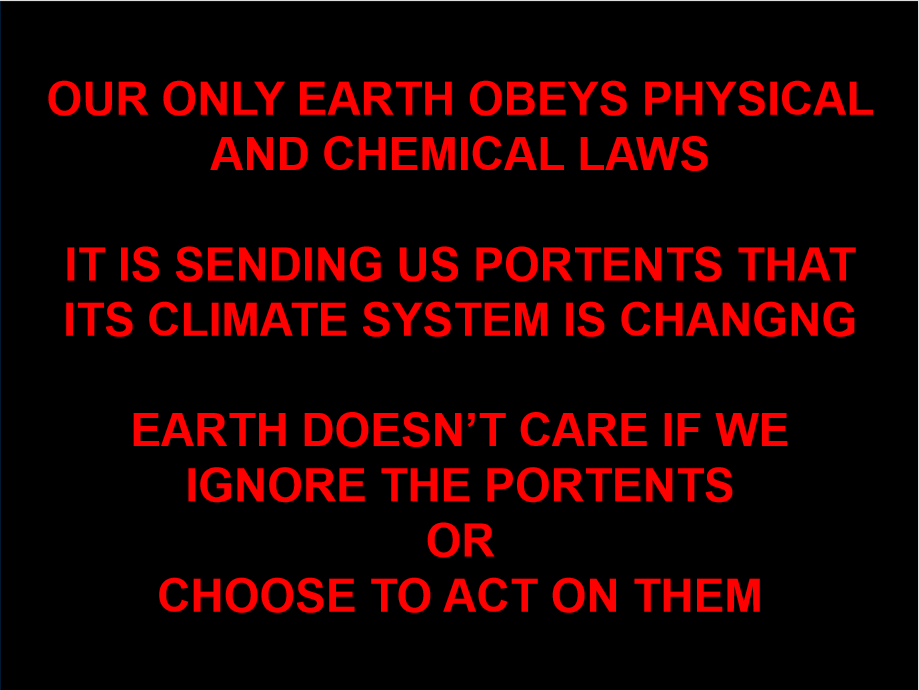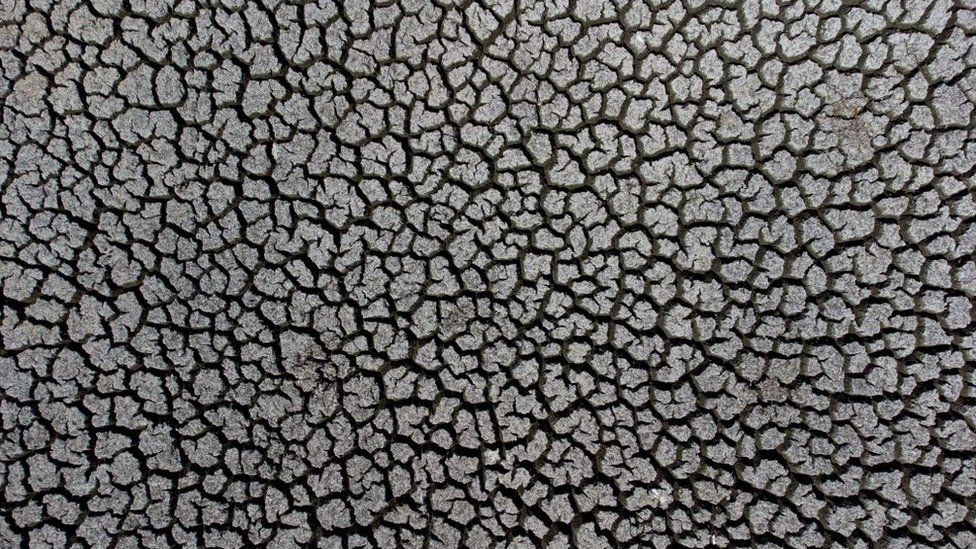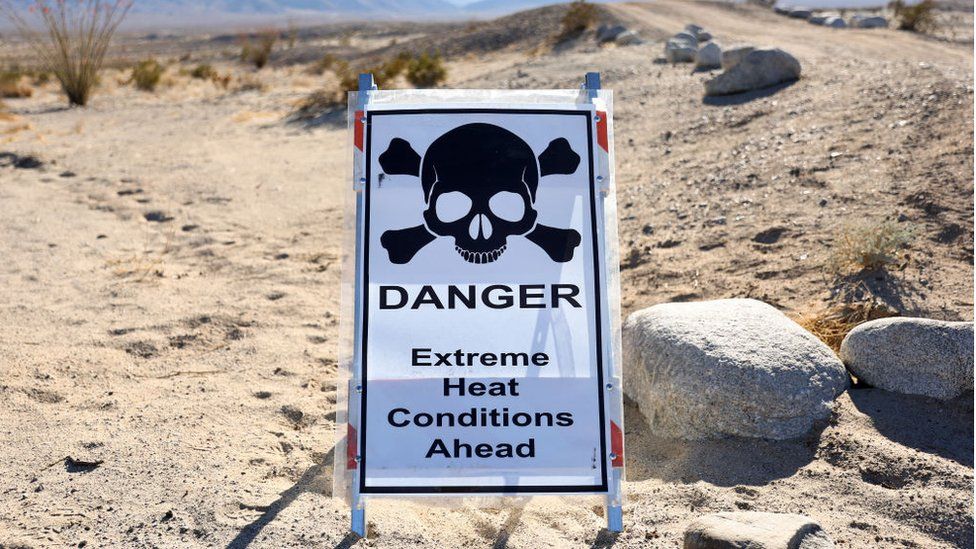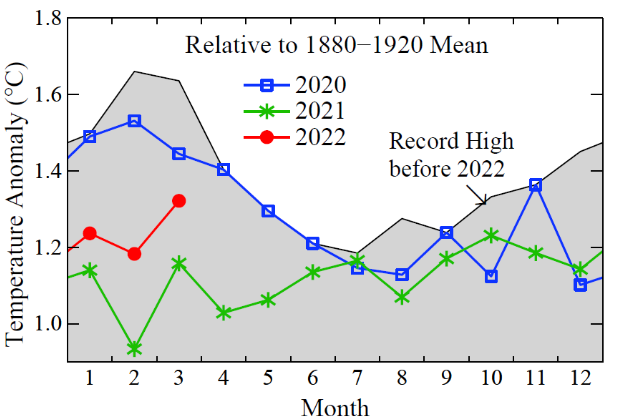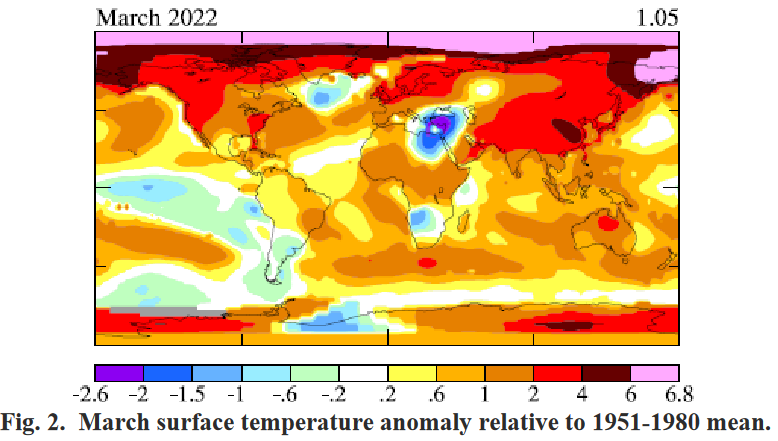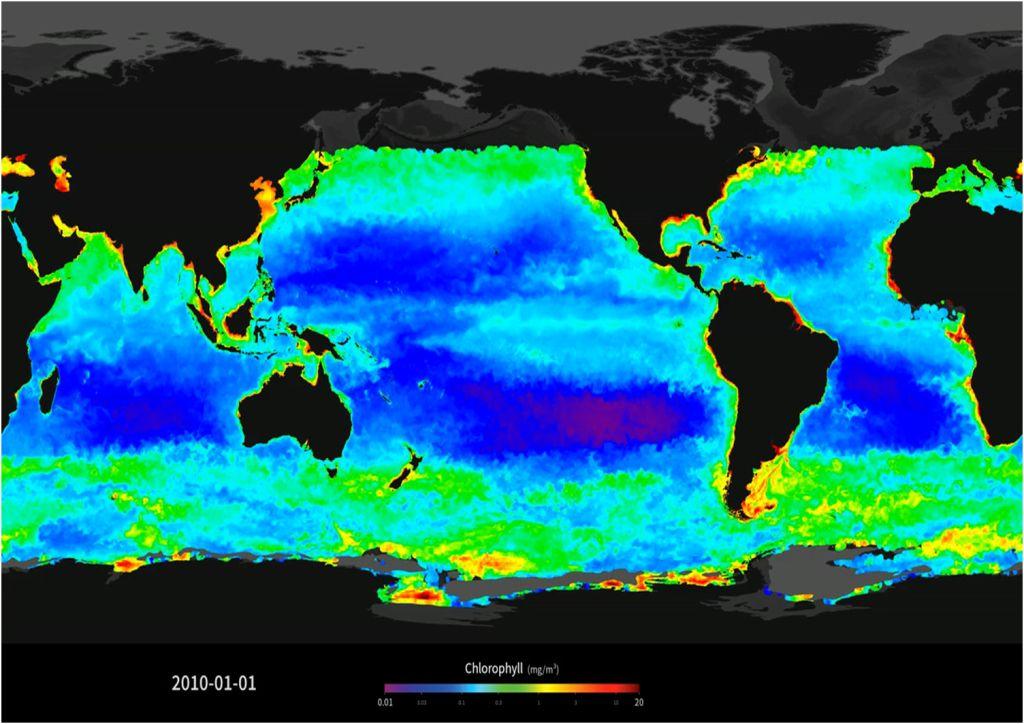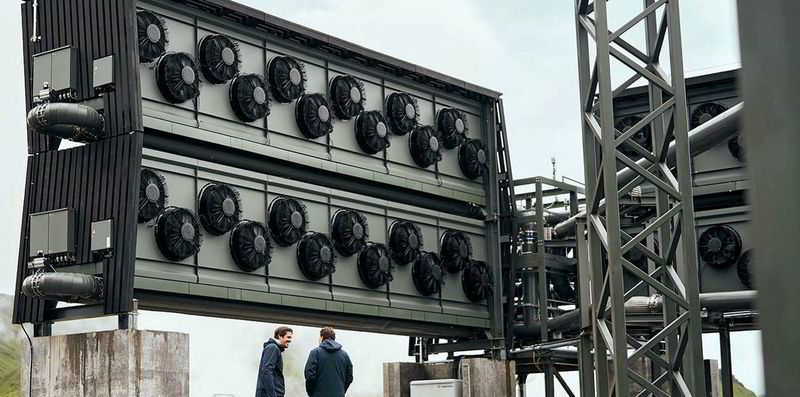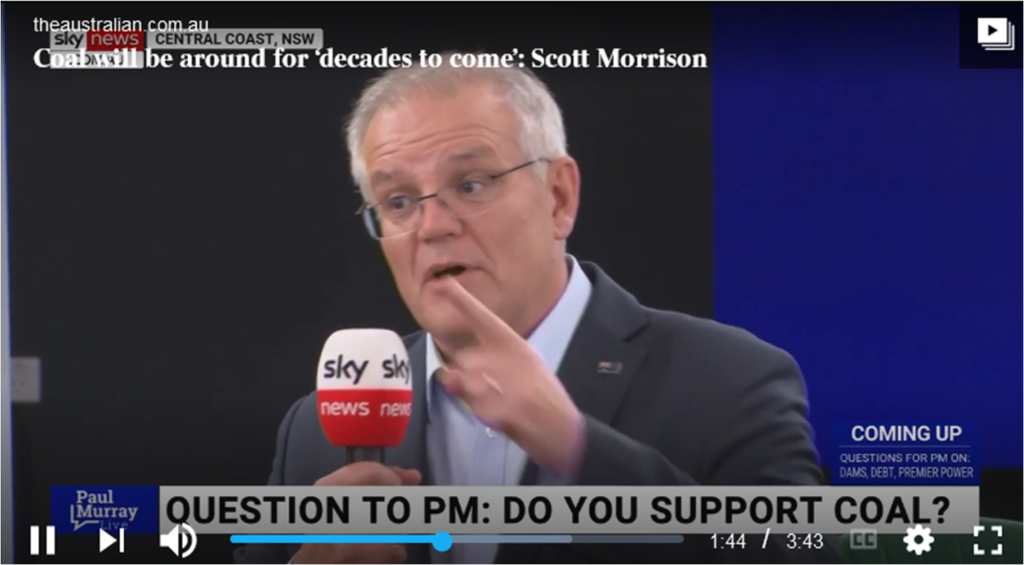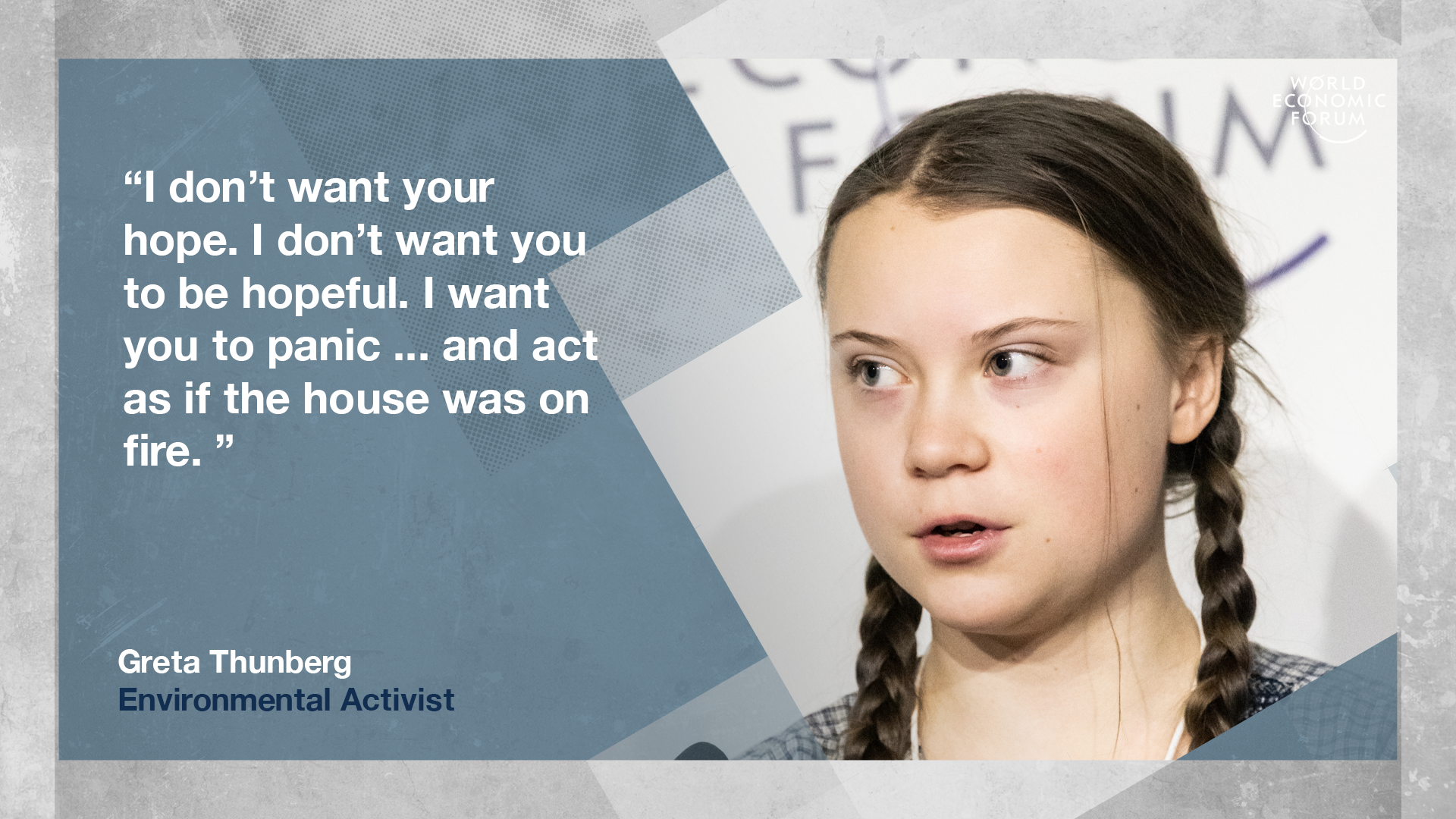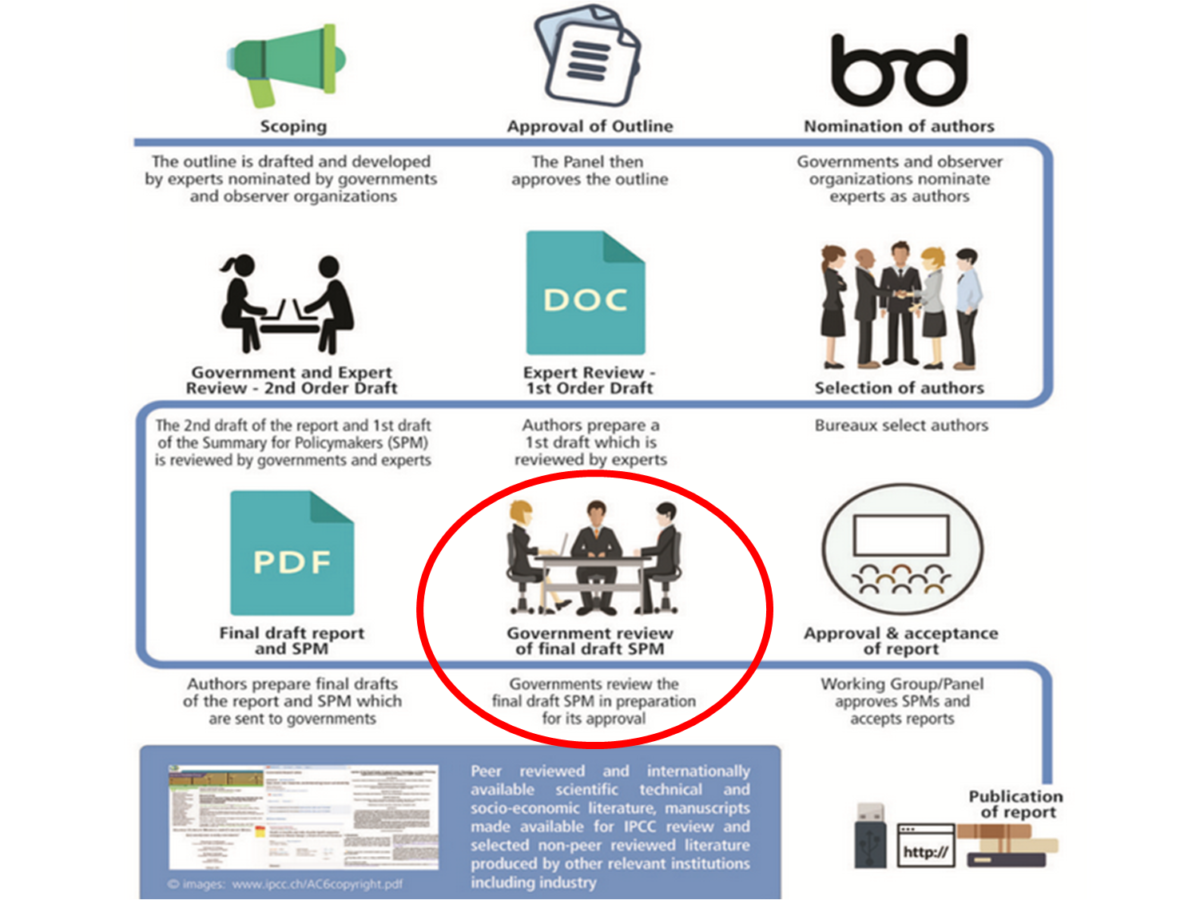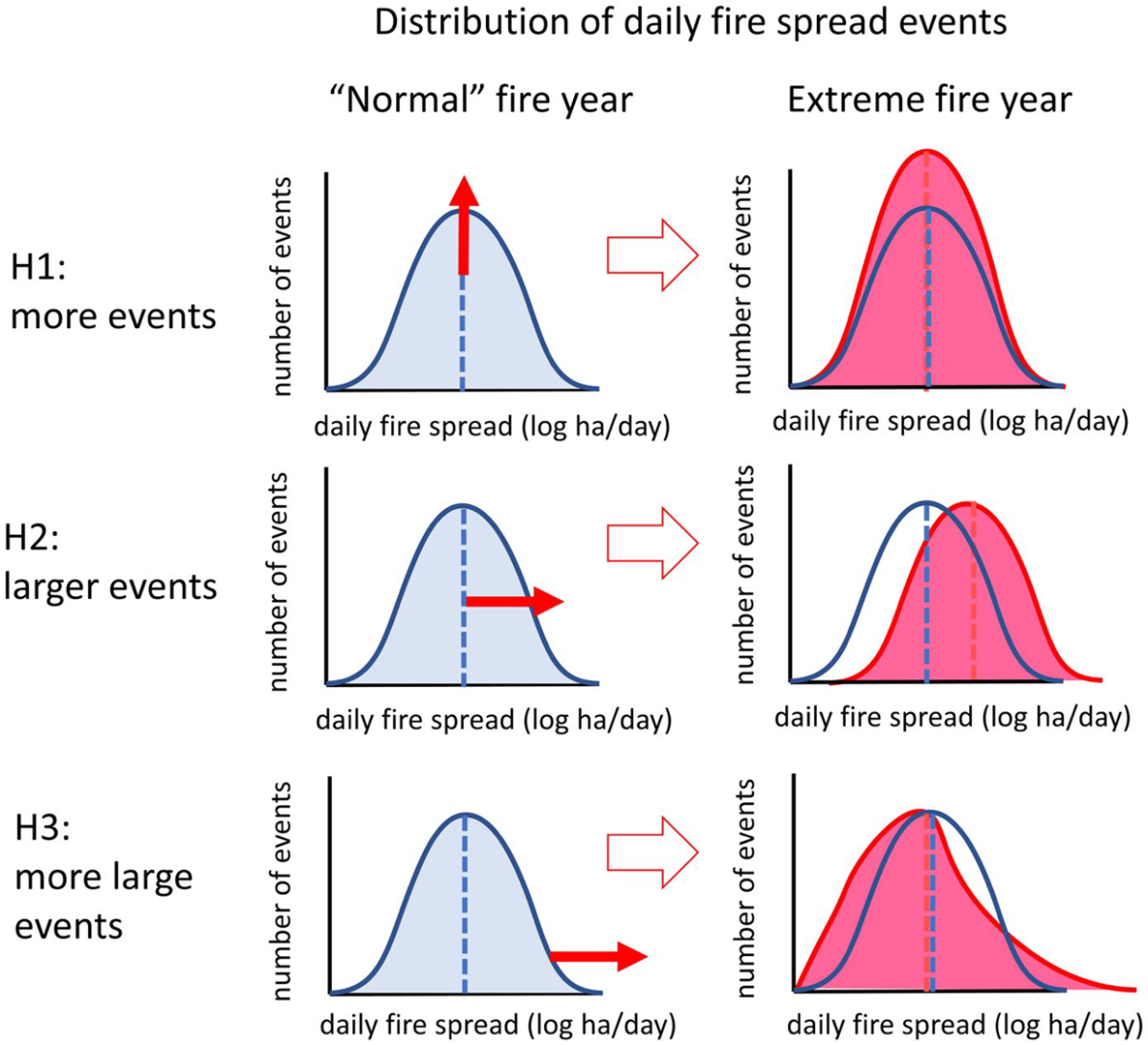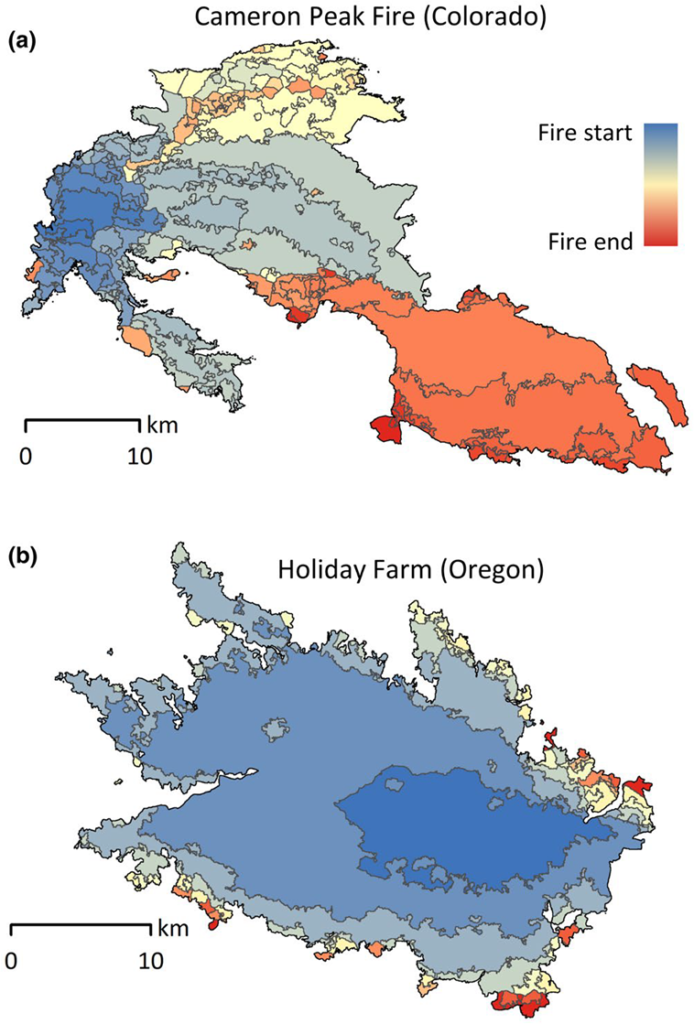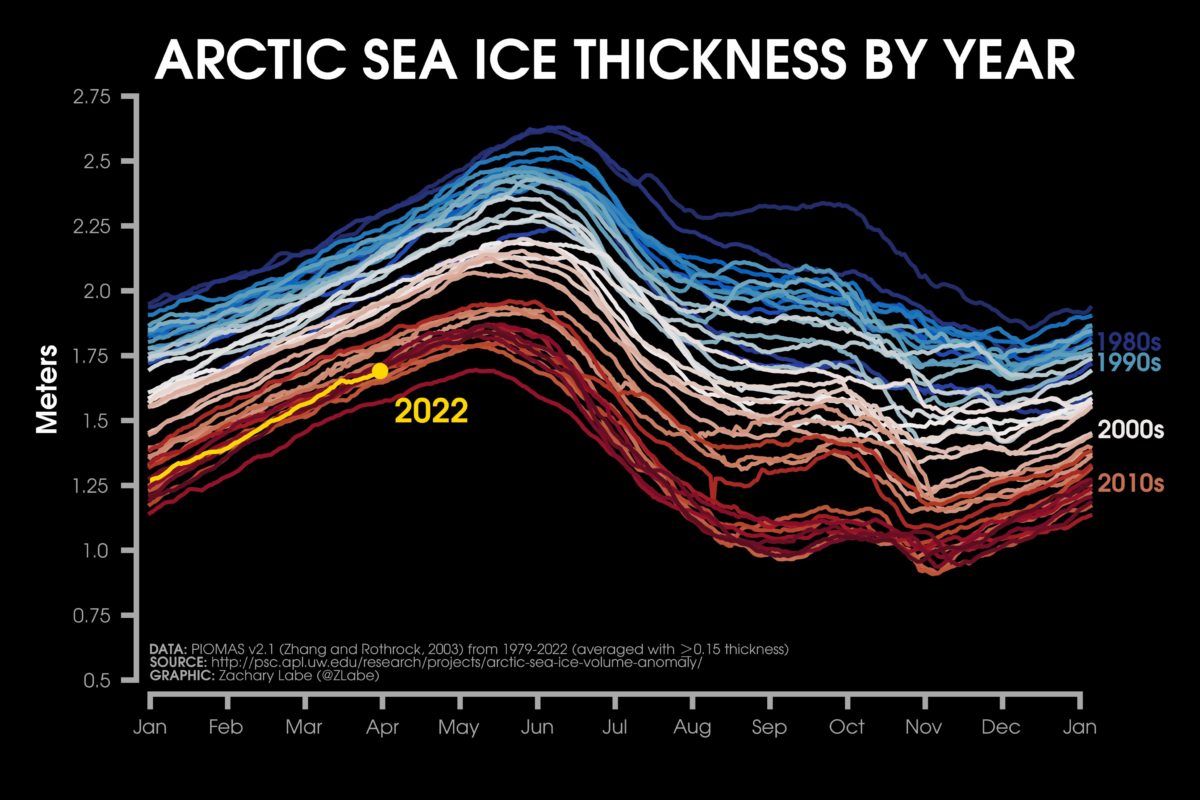This is the recipe for extinction when facing existential catastrophe. A lesson on the difference between thinking and believing
We humans face a very real risk of runaway global warming that we have triggered by burning fossil carbon accumulated over millions of years in around 150 years. We have already passed the trigger points where the warming will continue without further human contributions; and are approaching the point of no return where nothing that humans could do would stop positive feedbacks from continuing the warming until Earth’s “Hothouse” state is reached.
Rather than promoting and facilitating effective responses to control and resolve the crisis, much of the world’s media and political ‘leadership’ seems to be working to primarily to promote and protect the continued growth of the fossil fuel industry from ‘harm’ by citizens more concerned to promote and protect their families from the existential consequences of runaway warming.
The crisis
Climate Sentinel News has presented a plethora of fact-based science that Earth’s Climate System is being driven by humanity’s greenhouse gas emissions towards a point of no return.
Here, increasing global temperatures will generate enough natural positive feedbacks to ‘run away’ into a global ‘hothouse’ of lethally high temperatures and insanely extreme weather. Given the exponential nature of positive feedbacks, only a few more decades of heating will drive global temperatures to extremes that will be lethal to most life – resulting in global mass extinction for most large and complex organisms — including humans.
A fundamental problem is the ease by which many people are conned by marketeers, faith-healers, demagogues and other humbuggers that tell them what they want to believe and that there is nothing to fear (i.e., ‘this is coal – – don’t be ‘fraid, don’t be scared‘)….
Facts vs Beliefs
Some of our religions and many of our political ‘leaders’ try to teach us that our “beliefs” are all-important. They teach that we must accept and believe in whatever ‘truth’ they teach by ‘faith and faith alone’ — at least that was what I was being taught in Sunday school shortly before refusing to go any more. (Fortunately my parents were easy enough about religion that they accepted my decision – others haven’t been so lucky).
Science teaches us that we need to base our decisions and actions on what we think and know about reality based on facts and evidence provided by the world we live in. This gives us the best chances to anticipate and react rationally to whatever the real-world throws at us.
Although I tacitly understood most of this from my science education, it was a master machinist who had a vast knowledge of what you could do with a block of metal from many years of hands on experience, that taught me the deeply visceral difference between believing and thinking.
As I finished my BS degree in Zoology and started my postgraduate work I was working part time as a research assistant in a hospital-based neurophysiology research lab where Norm hand-made all-kinds of precision scientific and microsurgical equipment from blocks of metal, glass tubing, and other sorts of bulk materials as required. Other than technical stuff for the job, the only reading Norm ever admitted to was the Bible and Shakespeare’s complete works, because these taught him everything he wanted to know about people. Our lunch-break was the best time of the day, when Norm and I would have long rambling discussions of world affairs and the future (in a time when one could be optimistic about he future).
Many of my flights of fancy unconsciously included the words “I believe that…” as if this was a telling point in the argument. The day finally came when Norm had had enough of my fancy talk, and decided to teach me a lesson in humility.
He stopped responding to any and all of my attempts to start a conversation. After a week or so of the silent treatment, I broke down and begged for him to tell me what was so wrong. He thought a bit, and answered: “Bill, I’m fed up with your ‘beliefs’. I don’t give a damn what you believe…. It’s what you THINK that matters…. ‘He who assumes, zooms‘ [as in taking a pratfall]. Since I’m not interested in talking about baseless beliefs, whenever you used the world ‘believe’ I decided there was nothing worth discussing. However, when you start a statement with ‘I think, there is an assumption of a rational chain of reasoning based on some fact-based evidence.” This would have been around 1963-64. Since then I have worked to remove ‘I believe’ from my vocabulary, and to ensure that my statements are underpinned by rational connections with real-world evidence.
The following search strings show you the evidence that Climate Sentinel News has reported about the fact-based science: ● “Road to Hothouse Hell“, ● “Existential Risk“; and our LNP COALition Government’s responses to the evidence:
Unfortunately, Australia is presently governed by a PM from marketing who actively spruiks whatever humbug his special interest patrons appear to want.
Lesson begins
Here is a real-life televised interview between some media people and Miranda Whelehan on ITV’s Good Morning Britain (11 April 2022 | Just Stop Oil). The interview lasts 10 minutes – but displays the stark reality as to how the ‘seriously’ some commercial media take the climate emergency.
The ‘parody’ using parts of Whelehan’s interview demonstrates Hollywood’s imagination in the movie Don’t Look Up was limited in comparison to the reality of British morning TV. Too many people believe what they hear/see on TV in preference to thinking about the extent of what they hear/see is actually based on evidence of reality.
Australia today
Unfortunately, the next parody by Juice Media isn’t a parody at all. Juice is far more factual than you will hear from most COALition politicians (along with many others). The evidence underlying almost every statement has already been discussed on Climate Sentinel News; and there would be even more if I had the time and stamina to produce it.
Sorry about the profanity, though.
Unfortunately, polite English doesn’t have strong enough words words to express how many people who think rationally feel about a government that is supposed to keep Australians safe but spends billions of our dollars shoveling more coal on the fires causing global warming….
What to do about the situation
Vote Climate One is comprised of a group of volunteers who decided to pool our various resources to document the issues and the consequences of ignoring them. Our primary goal is to do what we can to replace the existing puppet government in league with the fossil fuel industry with people who have provided evidence that they will prioritize action on the climate emergency in government. Towards achieving this goal, (1) we are ranking every candidate in every Australian electorate as to the evidence we have as to their willingness to place action on the climate emergency as their first priority in parliament, and (2) establish Climate Sentinel News as a way to detail evidence that the crisis is real, and of the COALition’s malfeasance in protecting Australian citizens from the dangers of global warming.
Another Juice Media parody that isn’t a parody at all, explains how preferential voting can be used to change our government for the better.
Juice Media describes Australian preferential voting quite effectively. It is up to Australian voters to use this process effectively to get the kind of government you want.
Vote Climate One works under the assumption that there are a lot of people who have been swayed in the past by the rhetoric and what the Juice Ladies call ‘shitfuckery’ to vote for fossil fuel puppet parties and and individuals protecting and promoting the fossil fuel industry. In the past this could be justified by their (supposed) support for economic growth and employment opportunities. However, in in the present, as our understanding of climate change grows, it is increasingly evident that the fossil fuel interests and their puppets are paving the road to mass extinction by still working to expand the burning coal, oil and gas.
We think that if they are given the facts and understanding of the differences between thinking and believing many past voters for the LNP and similar puppets will consider voting for people who have pledged to put action on the climate emergency at the tops of their agendas if elected to Parliament. Climate Sentinel News focuses on what we know about climate change and think about it. Our Traffic Light Voting System ranks every candidate in every electorate with our traffic lights and provides a form you can fill out at home before voting to ensure your preferences have the best chance of giving you the election results you want.
The bad news is that if Capt Humbug’s government remains in power, they have proved that they can be quite effective in distracting from and blocking effective action to resolve solve the climate emergency. If Humbug has its way, Australia will have done nothing effective to slow and stop our progress towards runaway global warming and what may prove to be the end of humanity in our world’s worst global mass extinction event.
The good news from the IPCC and other scientific bodies is that if we accept we are facing the crux of the crisis and unite with other nations who take the risk of extinction seriously, we still have a very few years where it is still possible to stop and reverse the warming process. However, to do this we will need the backing and support of a progressive government that puts action on climate change at the top of its Parliamentary agenda, as the candidates we have flagged with our ‘green light’ have done.
Featured Image: Scott Morrison: From the Australian, Paul Murray Live – 14/03/2022.
Prime Minister Scott Morrison says he is supportive of Australia’s fossil fuel industry – and particularly coal, which he says will be around for “decades to come”. “When it comes to the coal industry, it’s worth $35 billion to us every year in exports, and that’s money Australia needs to grow our economy,” Mr Morrison said. “What you need in today’s energy economy is you need to continue to run your coal-fired power stations for as long as you possibly can and that is our policy … we want them to run as long as they possibly can.” Coal-fired power stations will continue to run to back up renewable power sources, although Mr Morrison said gas would play a larger role in the energy mix in years to come. Mr Morrison added that building a new coal-fired power station would be difficult because of the state government planning powers, which would “probably never allow them to do it”.
Views expressed in this post are those of its author(s), not necessarily all Vote Climate One members.

